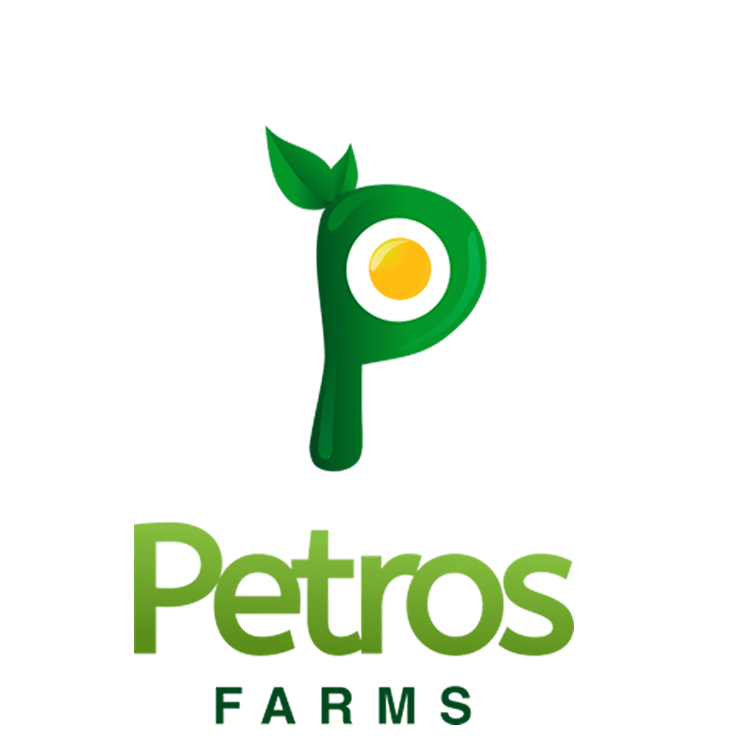22 Apr No Flies! No Odor! The Best Poultry Litter Management
Introduction:
Poultry production stands as a cornerstone of the global food supply, meeting the daily demand for millions of eggs. Among the array of systems employed in commercial egg production, high-rise, caged layer poultry housing systems reign for their spatial efficiency. In these systems, chickens inhabit the upper level while a manure pit rests beneath, defining a two-tiered structure. Yet, effective poultry litter management remains pivotal for hen health, welfare, and environmental stewardship. This article delves into the strategies essential for efficient poultry litter management in high-rise, caged layer poultry housing systems, ensuring a clean and hygienic environment for optimal production.
Understanding Poultry Litter
Poultry litter comprises a mix of bedding material, manure, feathers, and spilled feed that accumulates on poultry housing floors. With fresh poultry manure containing approximately 75% moisture, maintaining optimal moisture levels is crucial. Fluctuations beyond the 75-80% range facilitate fly egg-laying and larval development, posing a threat to hygiene. Hence, managing poultry litter effectively is imperative for fostering a healthy environment and mitigating disease transmission risks.
Key Strategies for Effective Poultry Litter Management
- Proper Bedding Material:
While high-rise, caged layer systems often eschew bedding materials due to litter collection in a pit, their judicious use proves beneficial in moisture control. For instance, applying a 10cm layer of charcoal or a mixture of charcoal and wood shavings aids in moisture absorption. Alternatively, wood shavings, wood chips, sawdust, straw, recycled paper products, or hemp bedding serve as viable options, each contributing to moisture regulation and odor control.
- Adequate Ventilation and Aeration:
Optimal ventilation is paramount for regulating moisture levels and curbing ammonia emissions. Installing fans within the pit area facilitates air circulation and expedites manure drying. Moreover, routine turning or scattering of manure every three days disrupts fly breeding cycles, hindering egg and larvae development. This proactive measure aids in maintaining sanitary conditions within the housing system.
- Daily Checks:
Conducting daily inspections of the manure pit enables early detection of fly infestations, wet spots, or any anomalies affecting litter management. Prompt identification and rectification of moisture sources are essential for preserving optimal environmental conditions and preventing litter saturation due to rain or spillage.
- Regular Cleaning and Maintenance:
Adherence to a regular cleaning schedule is imperative for removing soiled litter from cages and floors. Removal intervals may vary, typically triggered by exceeding pen house capacity or when litter accumulation impedes routine maintenance tasks.
Conclusion
Efficient poultry litter management forms the bedrock of a healthy and sustainable environment within high-rise, caged layer poultry housing systems. Through diligent adherence to cleaning protocols, prudent selection of bedding materials, ensuring adequate ventilation, and daily vigilance, poultry producers can mitigate environmental risks such as fly infestations and odors. Continuous learning and improvement in litter management practices are vital for fostering optimal chicken welfare and operational efficiency.
Top 5 Key Takeaways
- Effective poultry litter management is crucial for maintaining a healthy environment and mitigating disease transmission risks in high-rise, caged layer poultry housing systems.
- Proper selection and use of bedding materials, such as charcoal or wood shavings, contribute to moisture regulation and odor control in the litter.
- Optimal ventilation and aeration, achieved through fan installation and routine manure turning, are essential for regulating moisture levels and curbing ammonia emissions.
- Daily inspections of the manure pit enable early detection of issues like fly infestations and wet spots, facilitating prompt corrective actions.
- Adherence to a regular cleaning schedule ensures timely removal of soiled litter, preventing litter saturation and maintaining hygiene in the housing system.
Cheers.
Petros Farms
Share with:
